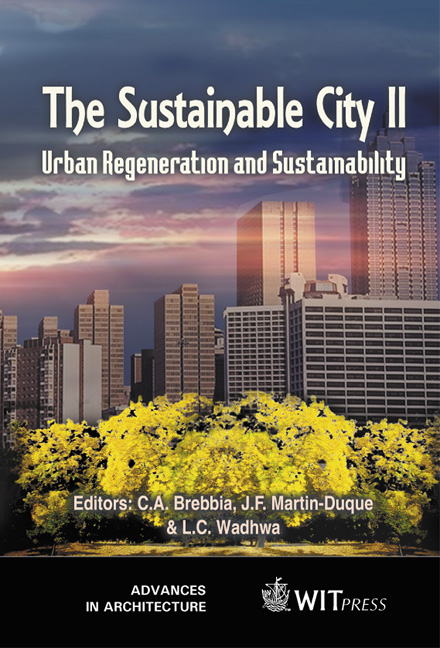Safe Ways To School
Price
Free (open access)
Transaction
Volume
54
Pages
Published
2002
Size
507 kb
Paper DOI
10.2495/URS020831
Copyright
WIT Press
Author(s)
VP Sisiopiku & I Cruzado
Abstract
The great dependency on the automobile in American society has led to a decrease in self-mobility of American youth. Today, only a 10% of all trips to school are made by walking and bicycling. The vast majority of home-to-school trips are performed by private automobile. This trend has many negative impacts on traffic operations of local streets, the environment, and the health and safety of the children. Encouragement of non-motorized modes of transportation for student commutes to and from school has been recognized as an attractive alternative to the automobile use. This paper discusses methods for encouraging safe walking and bicycling to school through a review of goals and initiatives of Safe Ways to School programs. Existing programs are grouped into four models, namely traffic calming, funding, encouragement, and enforcement, based on their objectives and methods used to achieve these objectives. As an example, the paper discusses the Safe Ways to School for Michigan Children program, a pilot Safe Ways program in the state of Michigan. Overall, the paper describes the benefits and the process for developing Safe Ways to School programs and demonstrates the importance of the combination of engineering, education, and encouragement, plus enforcement for the success of such efforts. 1 Introduction The use of the automobile currently dominates all trip types and has become an integral part of the American culture. A steady decline in human-powered travel is evident, as is the dependency of Americans on the automobile. According to the United States Department of Transportation, from 1975 to 1995 there was a
Keywords





